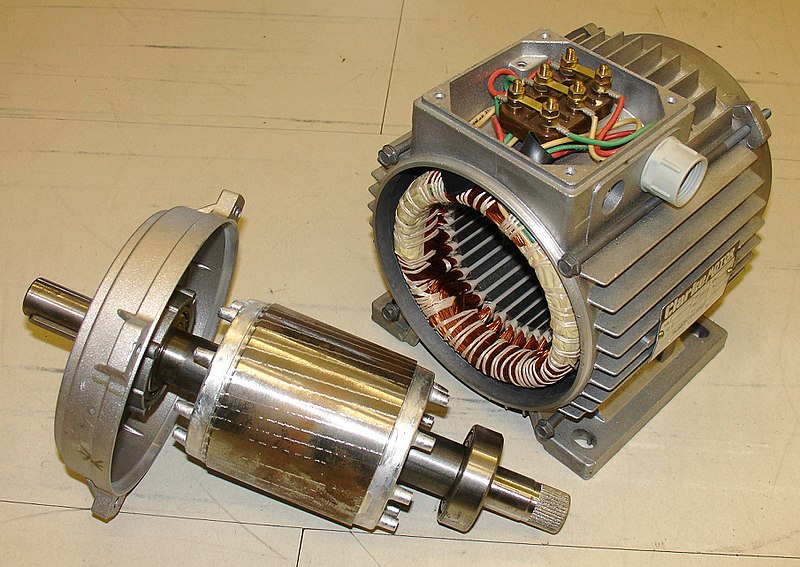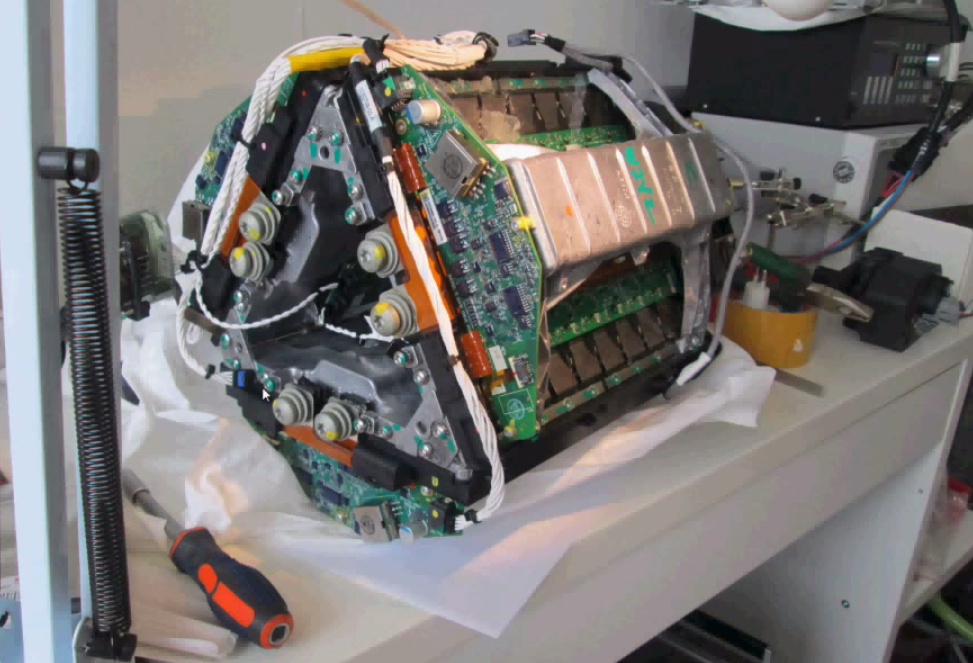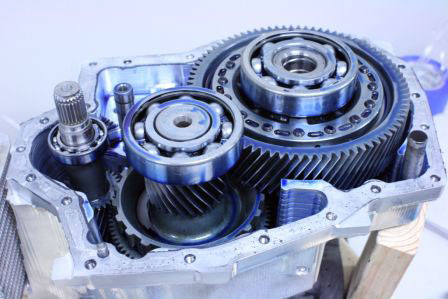When the Tesla Model S was new, it seemed like nobody would dare tarnish such an prestigious and technologically advanced automobile. Like you wouldn’t put a spoiler on a Ferrari or a body kit on a Lamborghini, right? But nowadays, it’s possible to find a used Tesla Model S for under $30,000, so younger and younger people are starting to get their hands on it. More and more owners are tinkering with rims, tinted windows, body kits, and body wraps. Some rental companies are using modded out Teslas to promote their business as well. Particularly in the middle east, well endowed people in the oil rich nations are getting really creative with their Teslas. Below are some of the more notable, wild, and/or insane Tesla modifications I’ve seen on Instagram.
A matte black Tesla Model S with red accents.
https://instagram.com/p/BVj-MDClh-l/
That I don’t know what you call it metallic pearl color changing purple blue chameleon paint job with rims on a Tesla.
https://instagram.com/p/BVlNGnfl2Zo/
A Tesla Model S with a body kit and sport rims with red brake calipers.
https://instagram.com/p/BVXzPMHjBM3/
A matte black, murdered out, rest in peace Big Black Boykin, Tesla Model X.
https://instagram.com/p/BVU7XVMjjuk/
Follow the rainbow paint job, Tesla Model X.
https://instagram.com/p/BVFtvfIDfMF/
Rainbow 6 Winter camo wrap, Tesla Model S.
https://instagram.com/p/BT-IfT4joxU/
Wannabe internal combustion engine exhaust pipes, Model S.
https://instagram.com/p/BT9cbpJDhti/
Ketogenic diet body wrap, Model X?
https://instagram.com/p/BTOA7j1DAEE/
Pretty mean body kit, Tesla Model S.
https://instagram.com/p/BSvRVEFjPjQ/
Super conceptual design, Model S.
https://instagram.com/p/BStuqYADsIF/
You’ve gotta be kidding me, an all electric hearse, Tesla Model S.
https://instagram.com/p/BVRY_Dzj52j/





